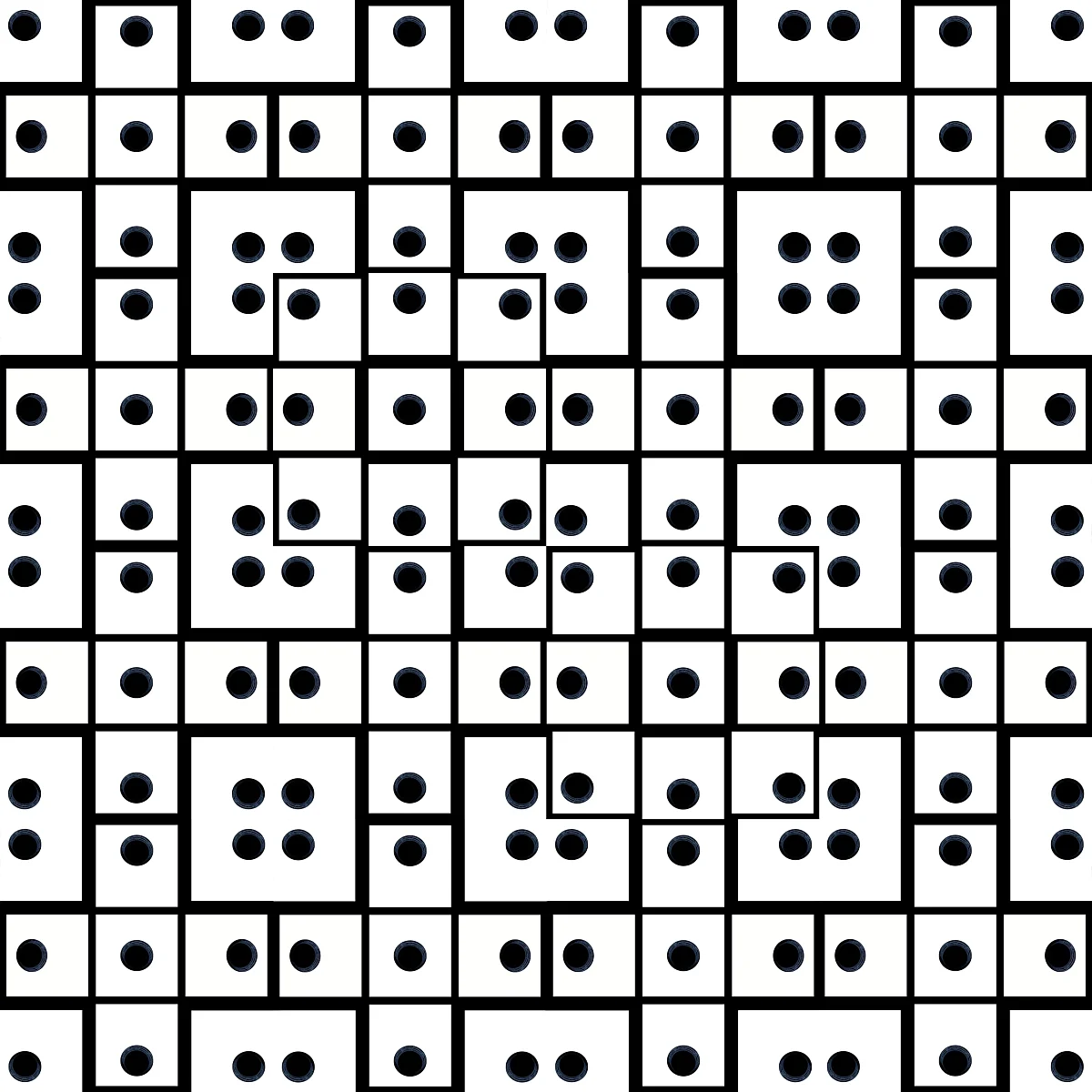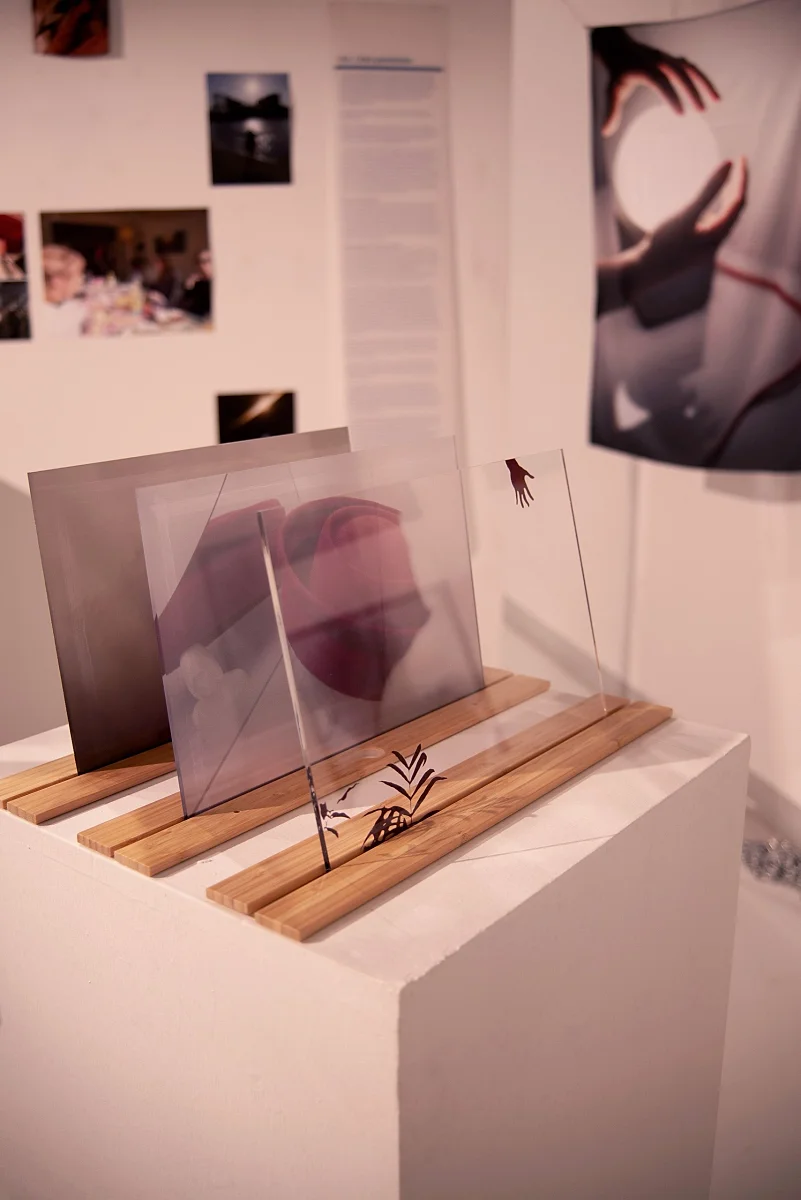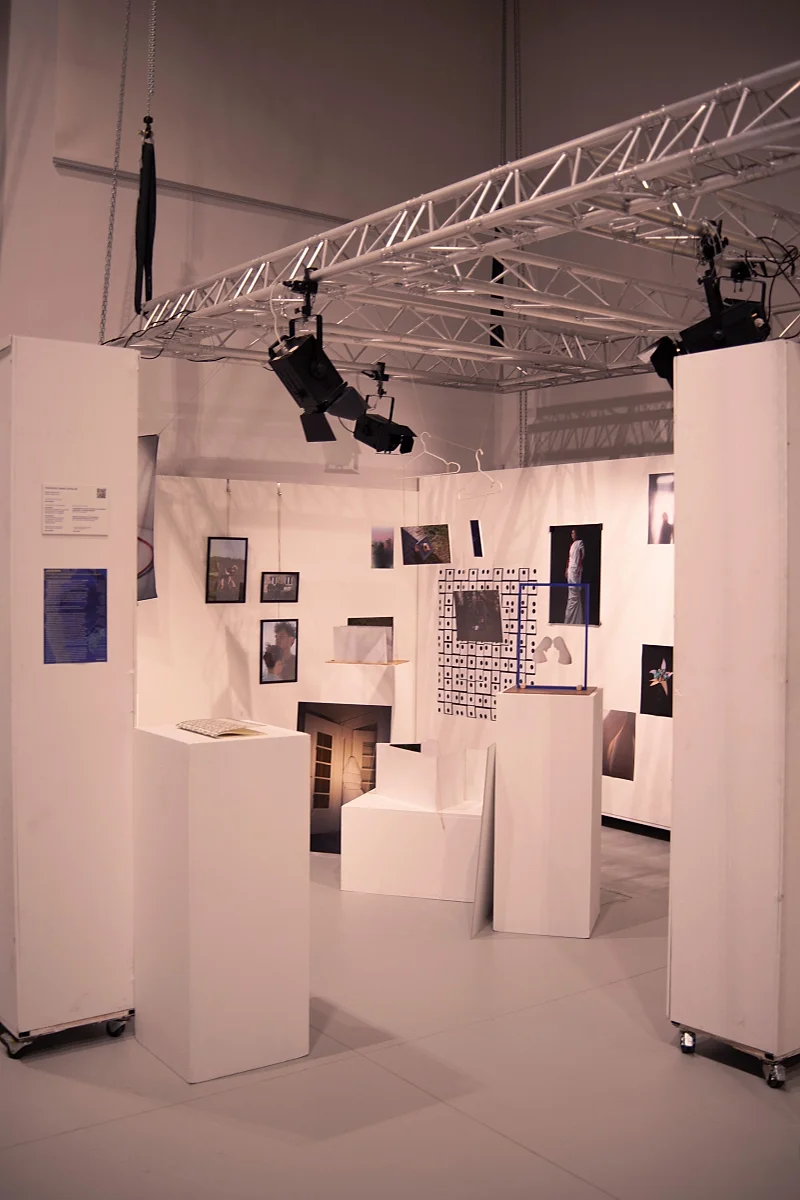Moholy-Nagy University of Art and Design
OCCASIONS: Examining self-knowledge by combining the approach of Logotherapy with the tools of photography
An examination of self-knowledge
Project overview
Student name
Anna Katalin Forgách
Teacher
Programme
Degree level
Department
Year of project
2022
In my dissertation I turn to self-healing processes with this ‘will to meaning’.
The photographer's intention is to "convert his or her concepts of the world into images."
If we approach all this from a therapeutic context, the photograph can become a means of communication not only for the photographer, but for anyone, a way of communication for humans not only with the outside world, but also with themselves through the outside world. I see the role of photography in offering visual elements and symbols to promote the expression of emotions through the use of a tool that is now an everyday part of our lives.
Painting and sculpture are two of the most widespread forms of visual art therapy. The essential element of their toolset is the materials that can be processed by hand, the materiality itself and the possibilities offered by the combination of materials.
Every single material quality influences the creative process and its final outcome, not only its representation, but also its meaning. In the process of realisation, the immaterial feeling or thought is materialised and through this it communicates with its viewer. Each medium activates the inner image that needs to be expressed in a different way and gives free room for association. With this in mind, I also consider it a playful and useful step to think about the material composition and installation context of the completed photographs as a final step in the process.
In this way, not only the creative process itself, but also the steps in the physical realisation of the images confront us with situations of decision-making that encourage self-reflection.
Each of the completed images has a specific meaning and mood, which can be further developed through the nature of the image's base and frame, as well as its spatial placement: it can be nuanced, intensified or combined with other works. From now on, we will also look for a kind of spatial order in the installation, where the completed works communicate with each other and with the viewer. The point is that all members of the group are involved in this planning phase, so they are not isolated from each other, but can work as part of a community and observe each other and themselves in a broader context. Viktor E. Frankl’s - a psychiatrist and neurologist from Vienna - approach to logotherapy and existential analysis is spaced on the ‘will to meaning’. I examine how the philosophy and methods of logotherapy can be paired with the tools of art therapy. I deal with creative-focused therapeutic activities, which use the tools of the visual arts. In my dissertation and in my diploma project I attempt to transform a logotherapeutic self-knowledge method into a visual language. The goal of this active creative process is the self-experience in the light of meaning-centred existential analysis.




